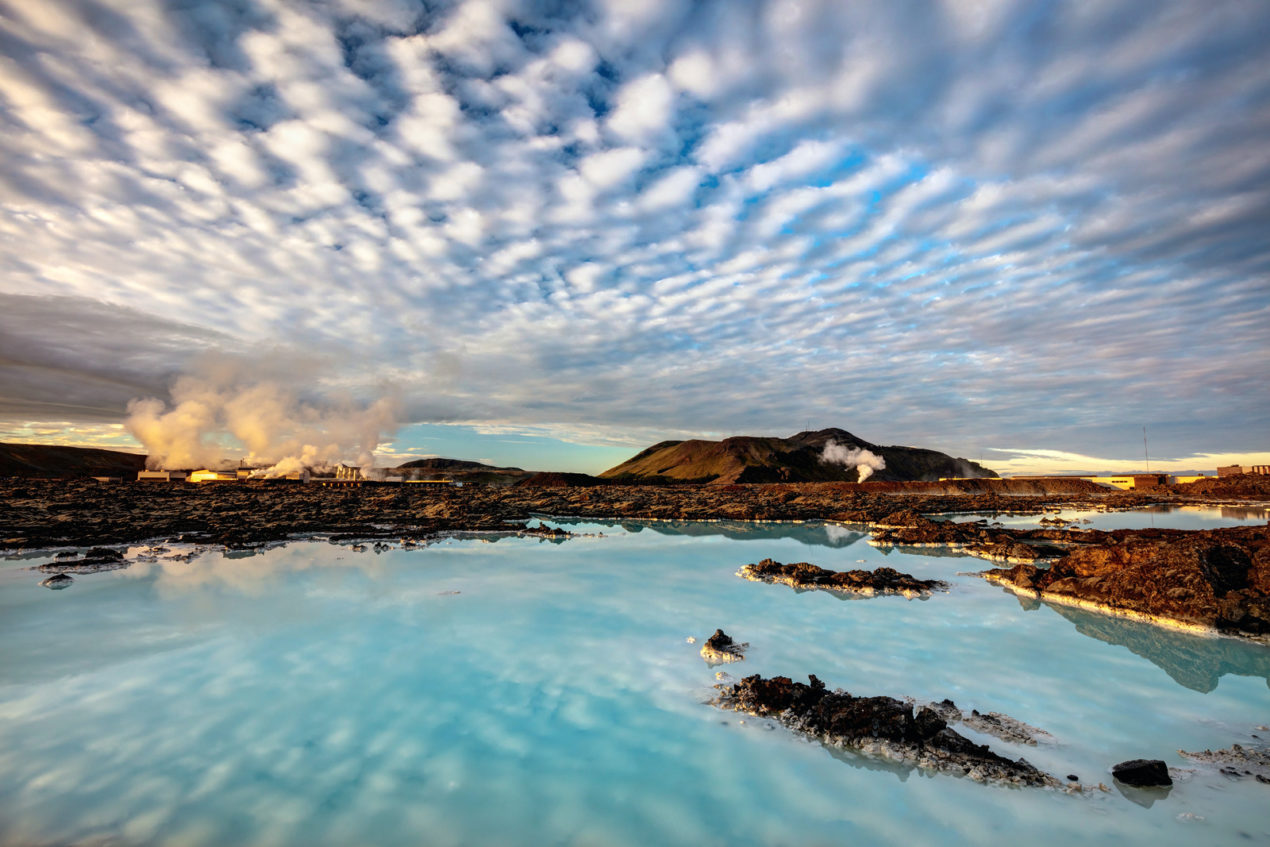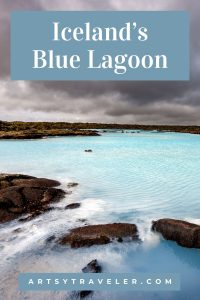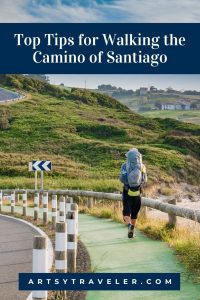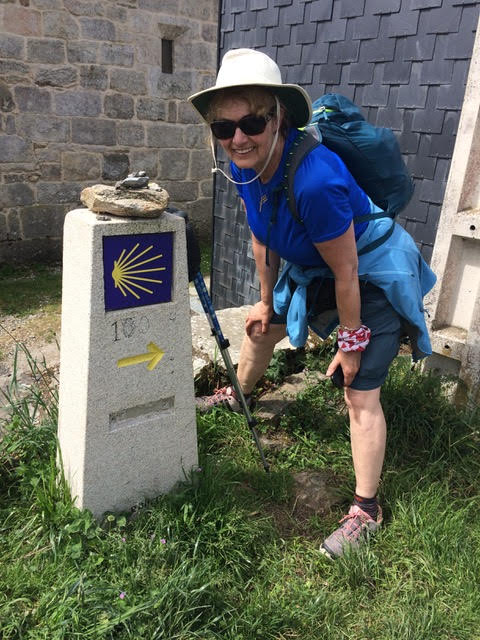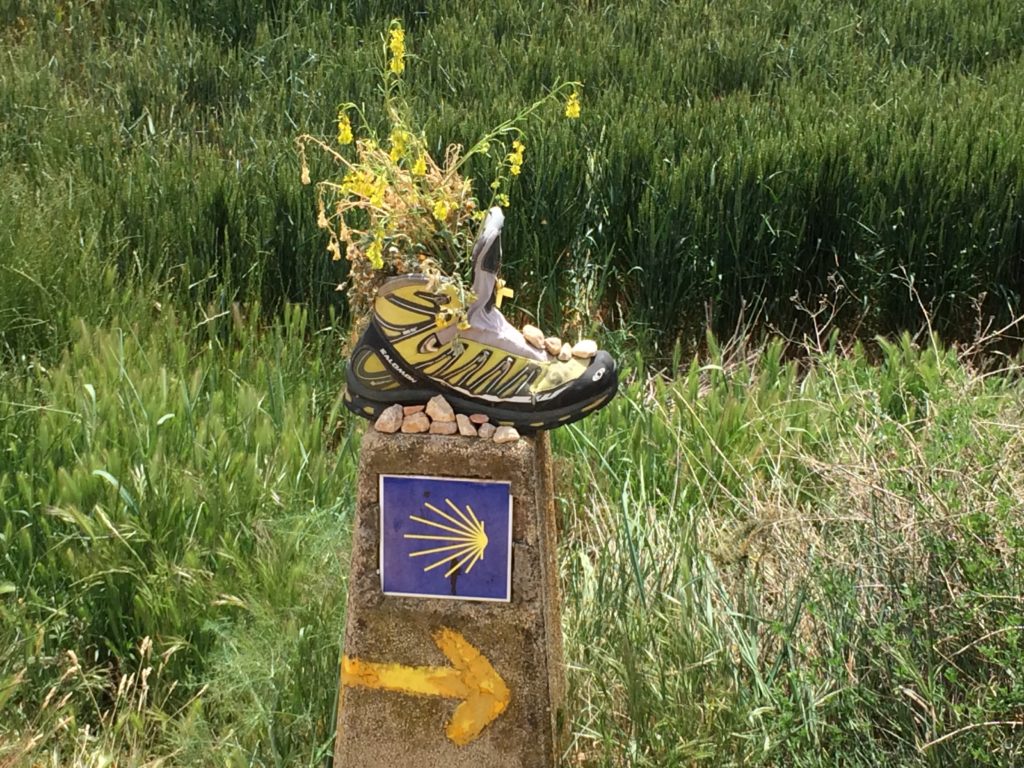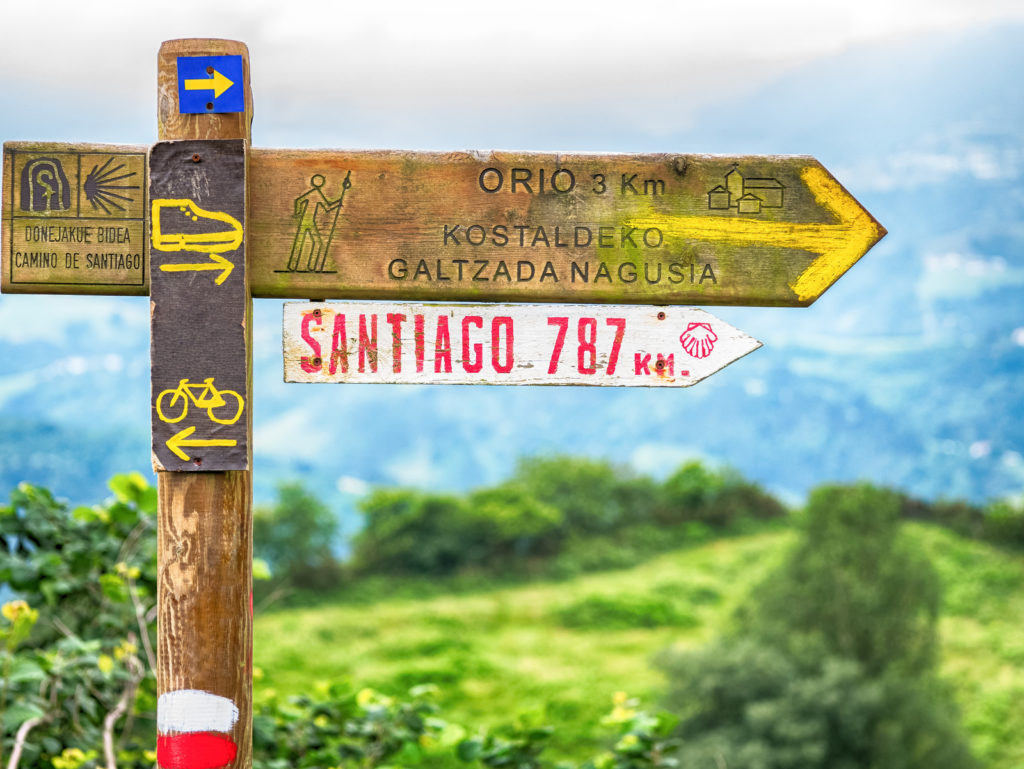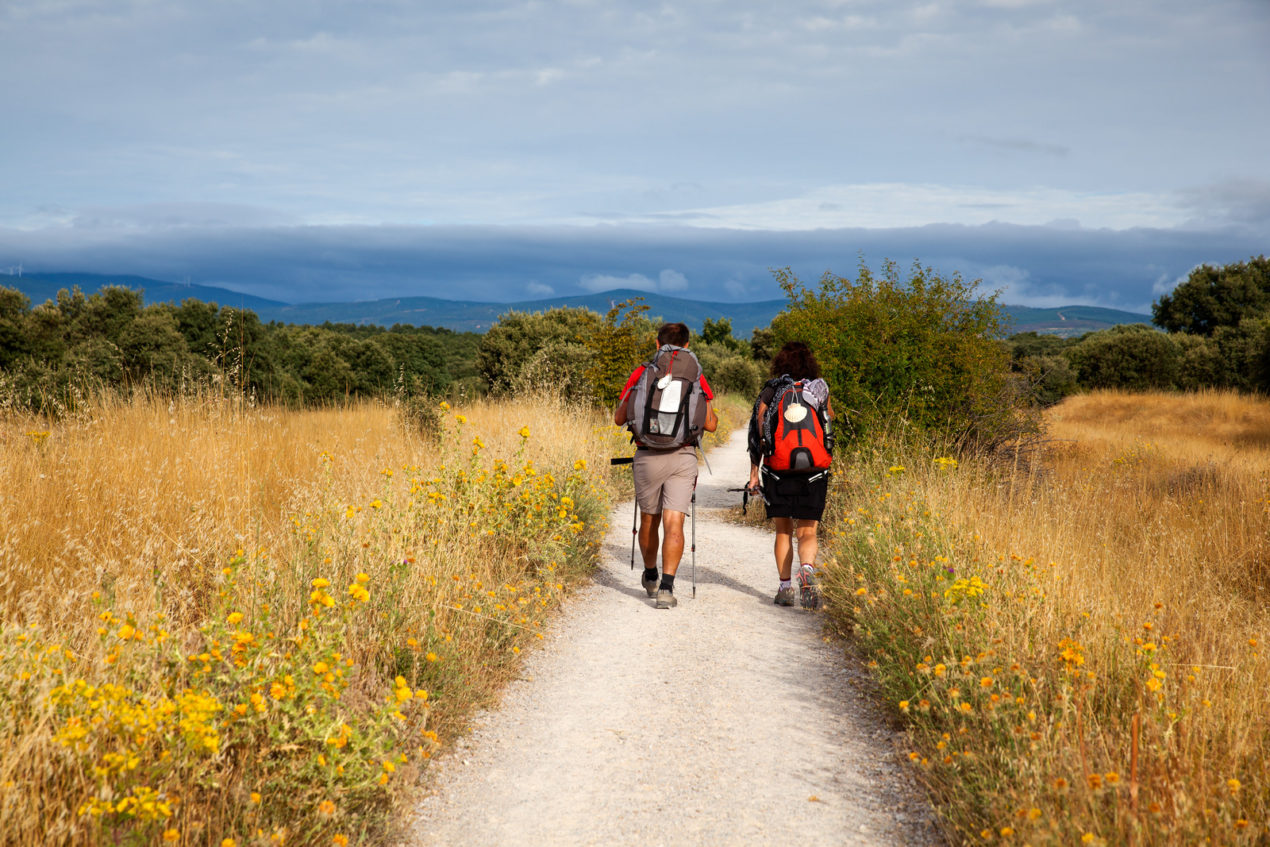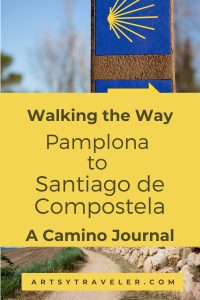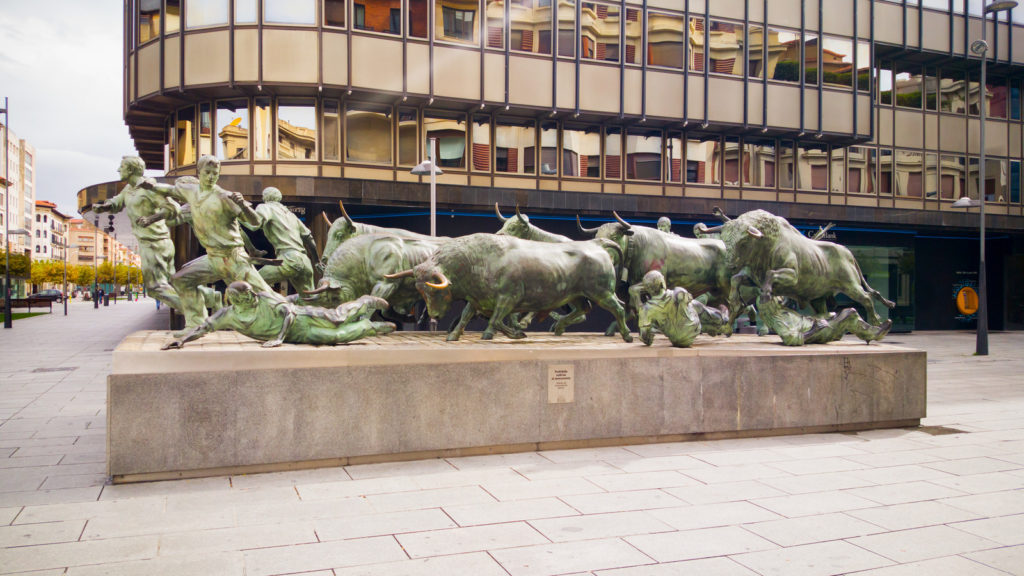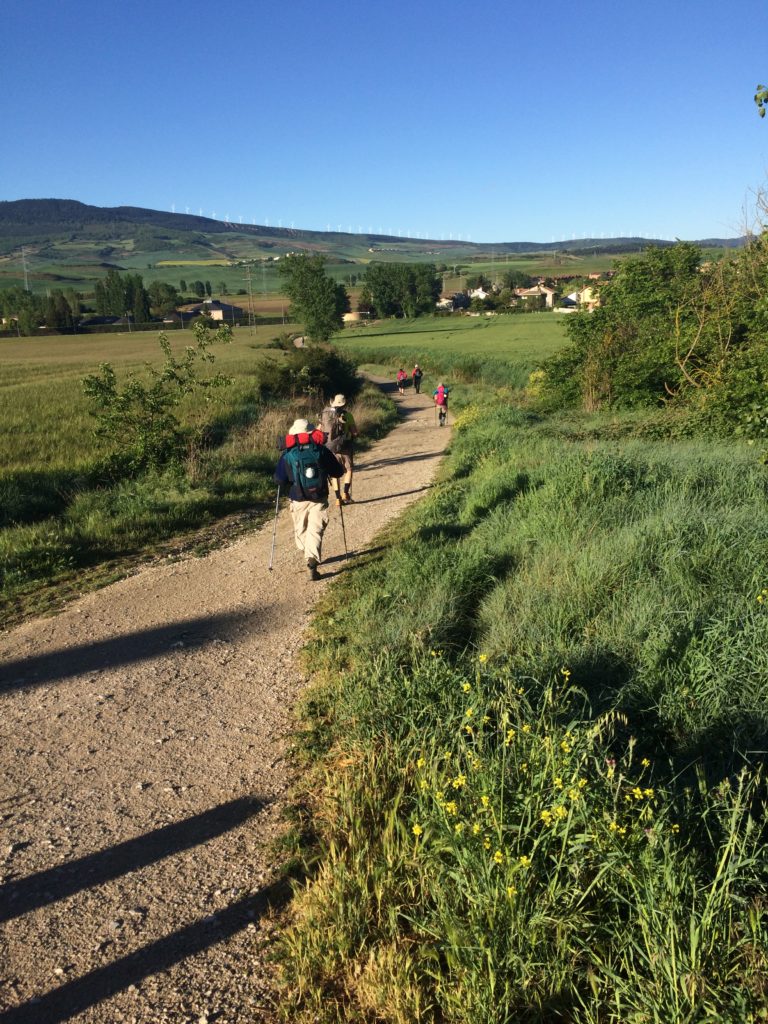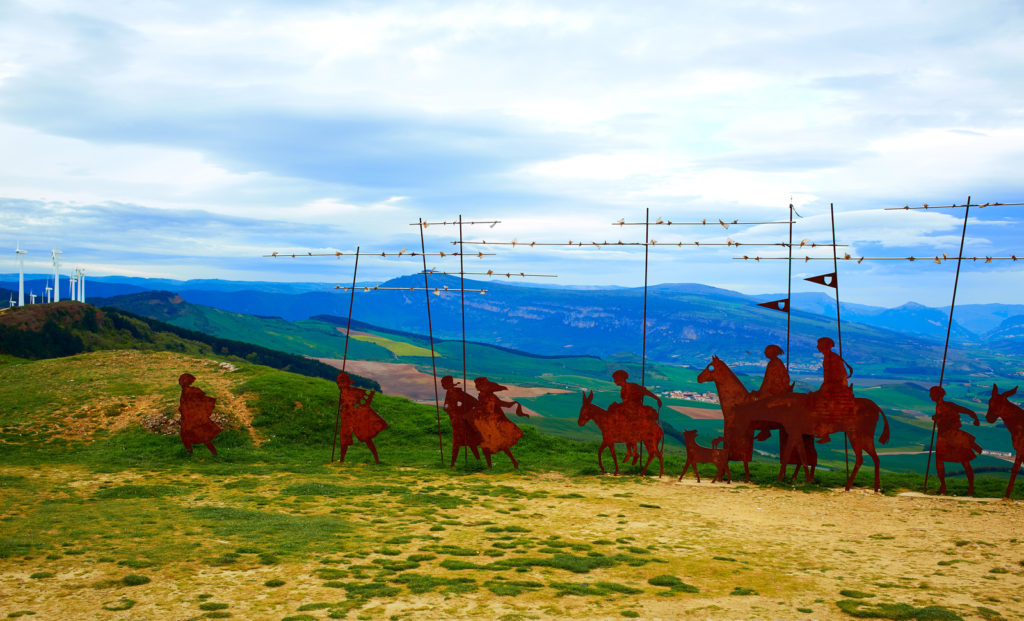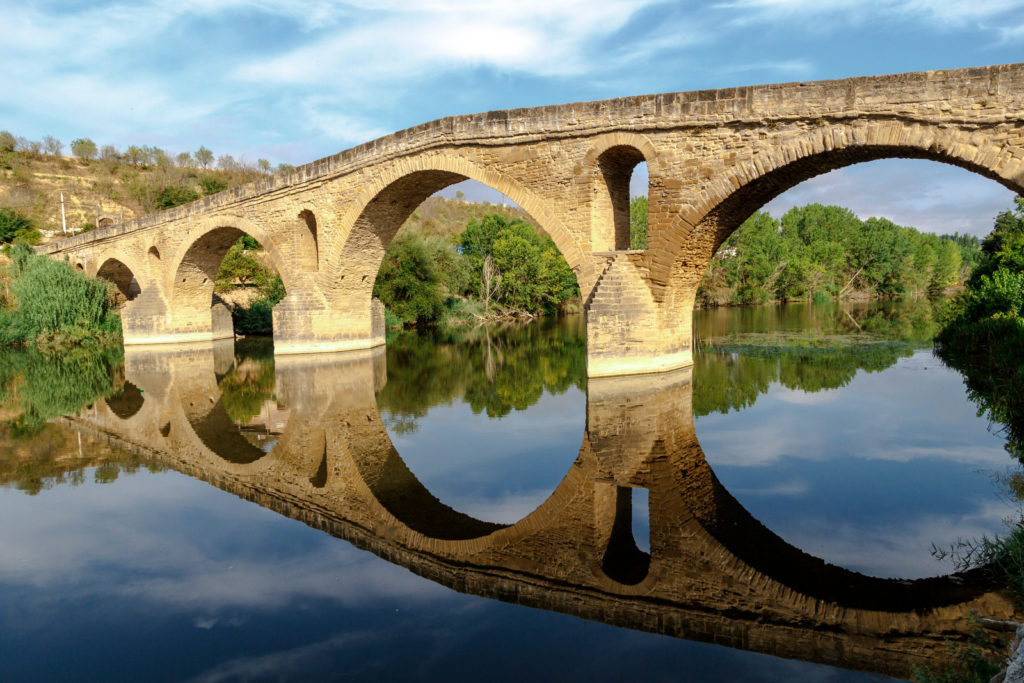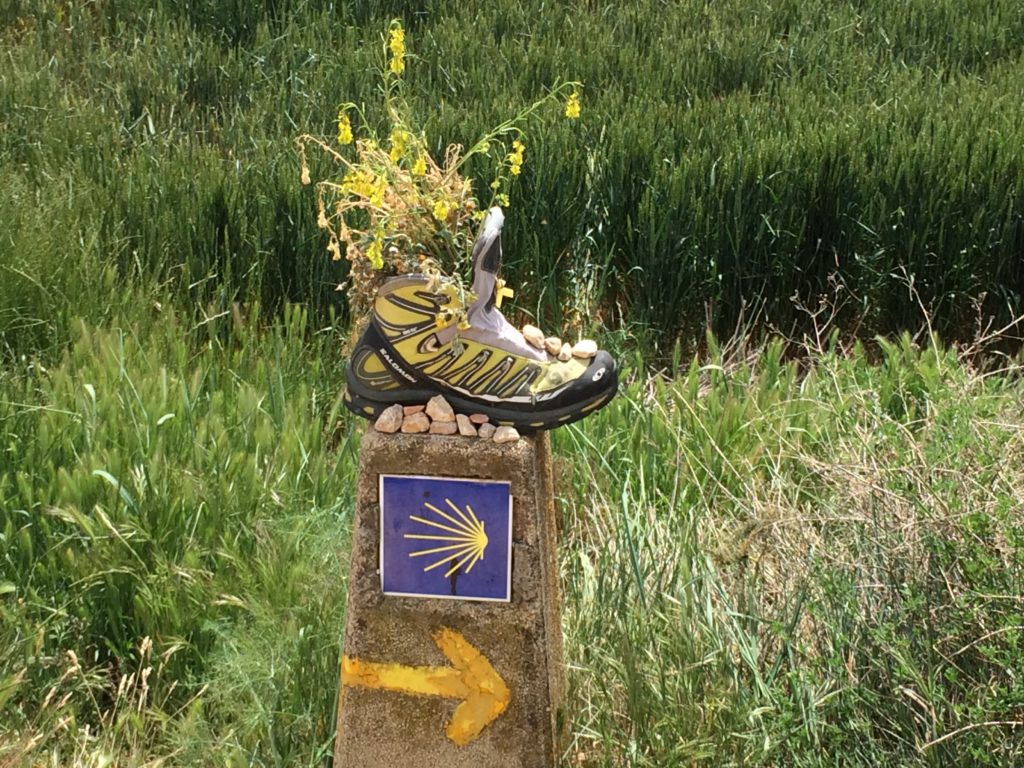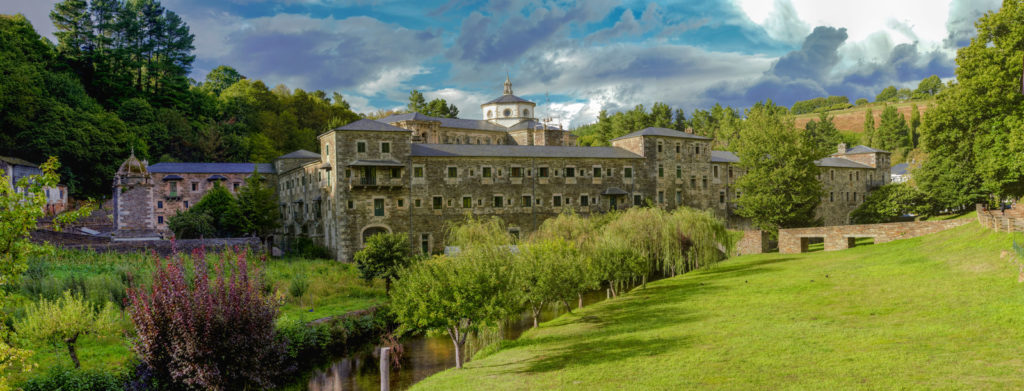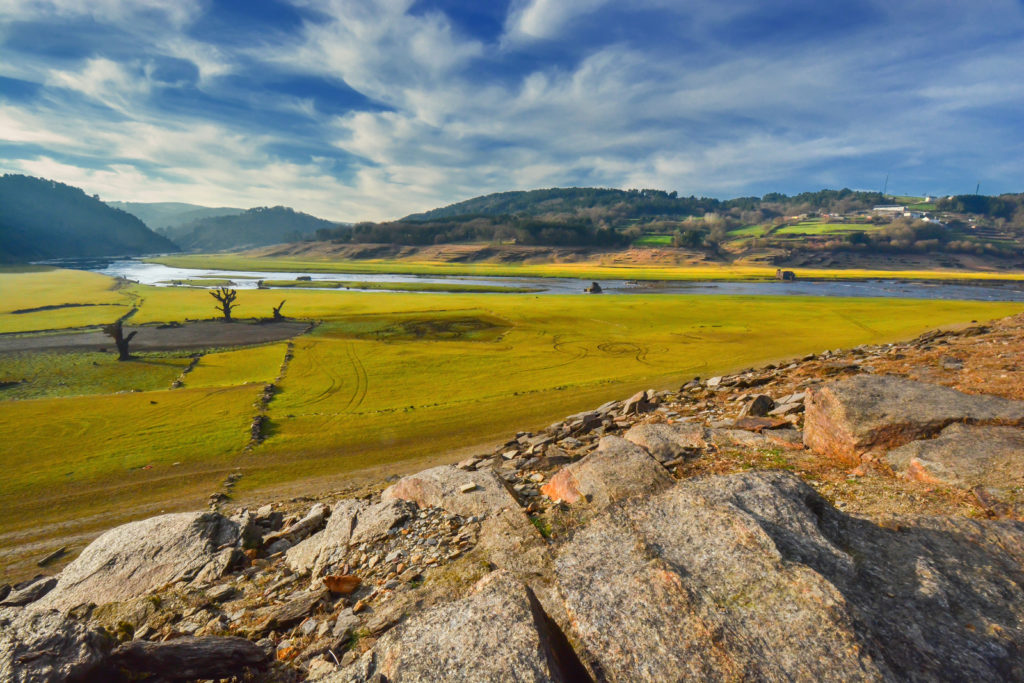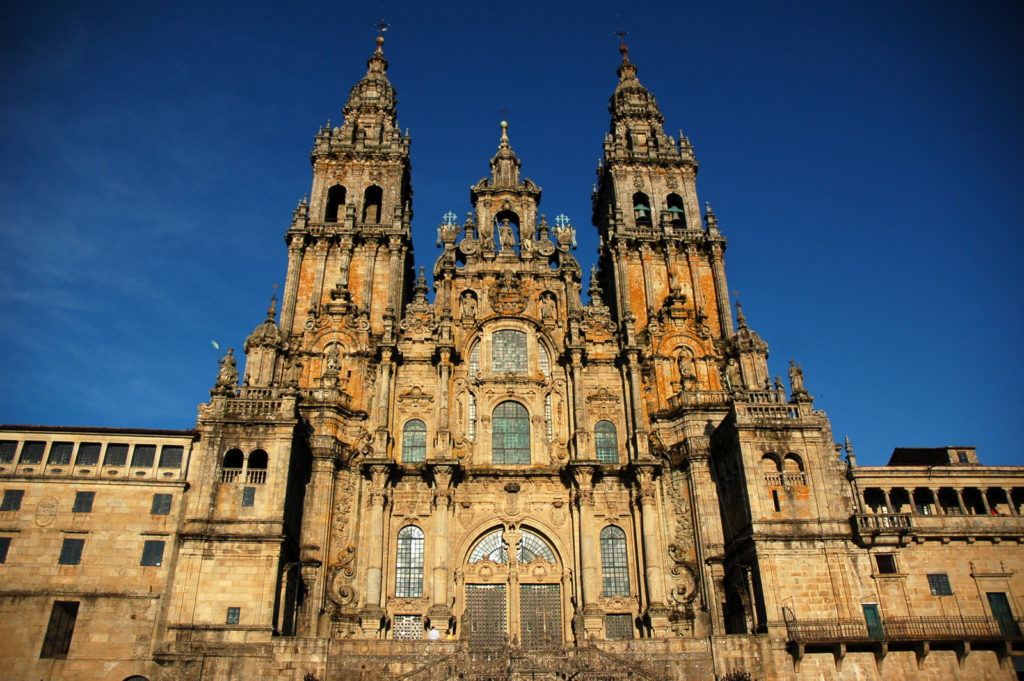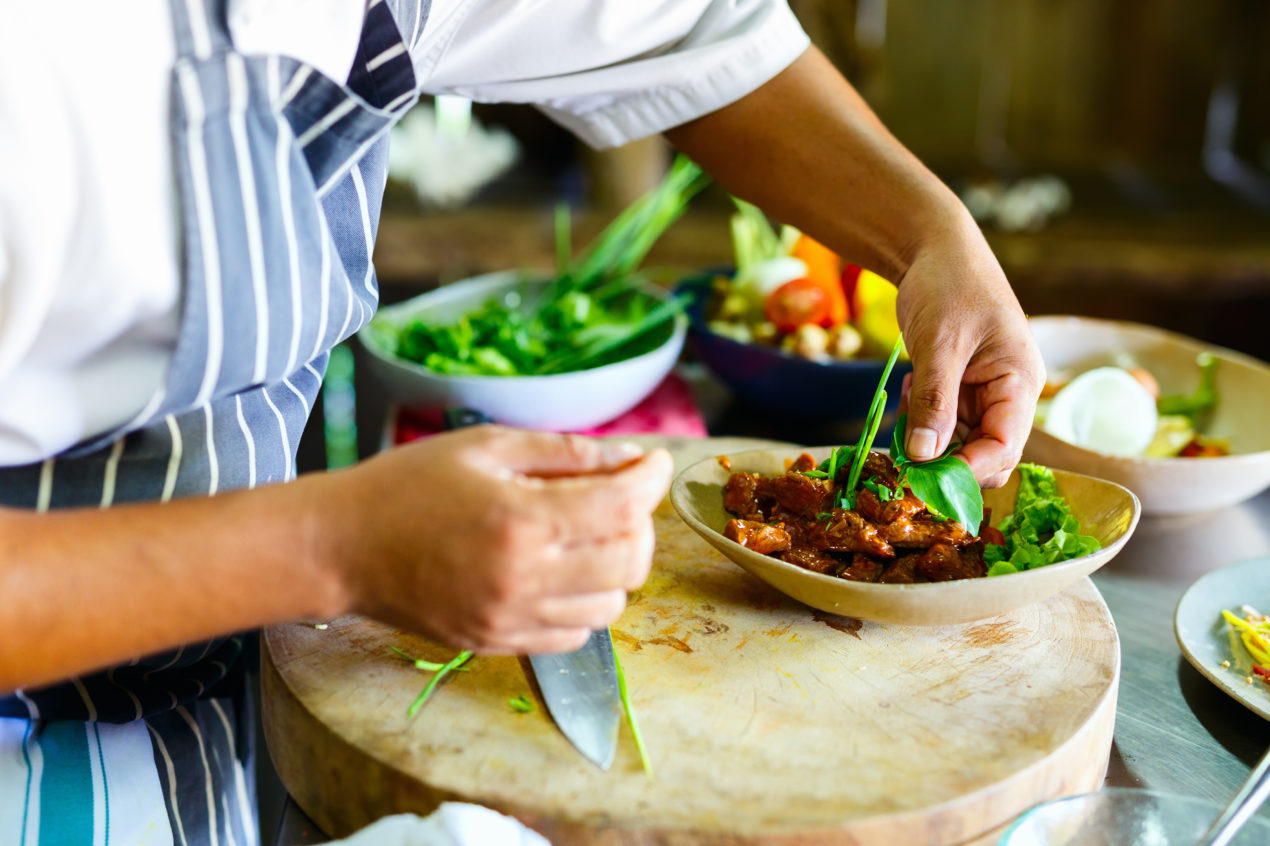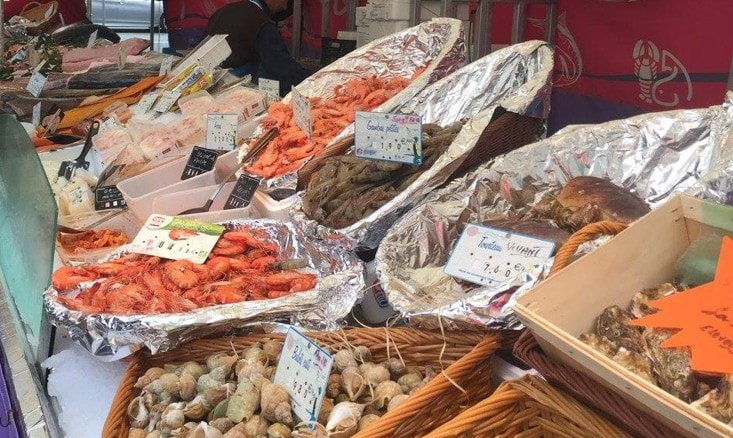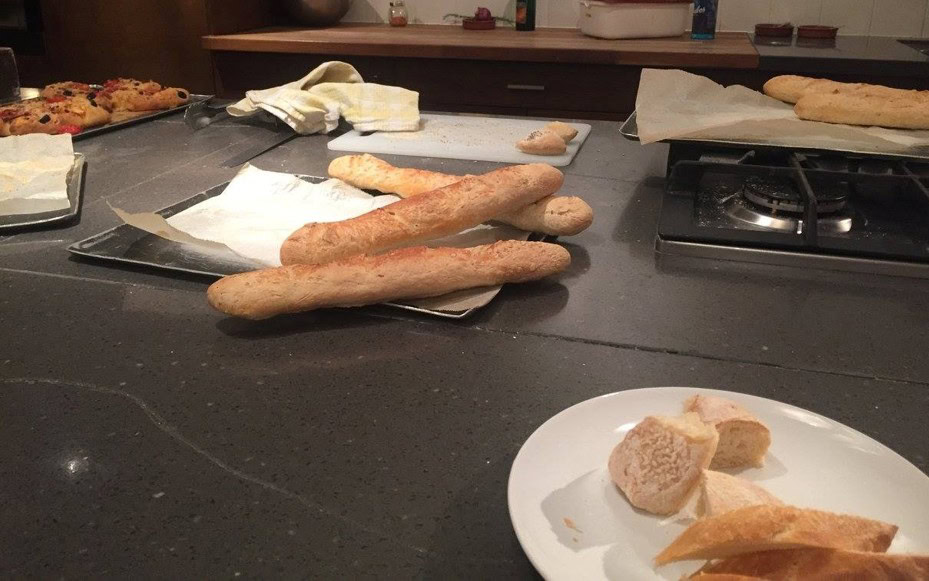Should You Visit the Blue Lagoon in Iceland?
Are you planning to visit Iceland?
If so, consider visiting the Blue Lagoon where you’ll experience one of Iceland’s top places for enjoying the miraculous thermal waters that heat most of the country and make many of its surfaces bubble and gush.
The famous Blue Lagoon in Iceland is an expensive, slickly produced experience as far removed from jumping into a natural hot spring in the Icelandic hinterland as you can get.
But should you go? Definitely!
Overview
I visited the Blue Lagoon on my first morning in Iceland on a February trip with my daughter, Julia. Here are my impressions and my tips for making the most of the none-too-cheap experience.
It’s a bucket list thing to do, for sure. But make sure you go very early so you won’t have to share your experience with hundreds of other bobbing best friends.
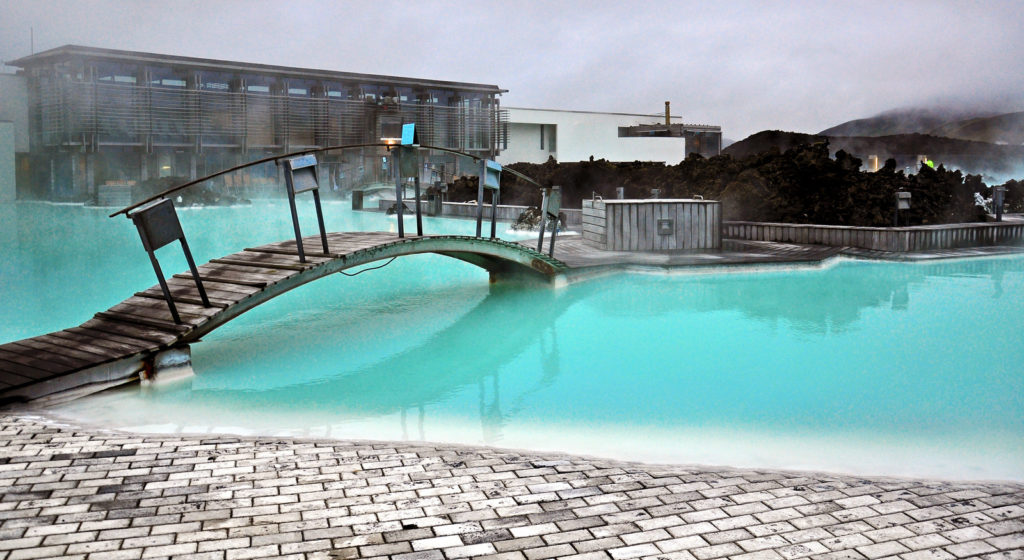
Yes, entrance to the Blue Lagoon is strictly regulated but by noon when I left, it was pretty darned crowded compared to how empty it was when I arrived.
In the early morning when the crowds are sparsest, you’ll be enveloped in steam and warmth and feel like you’re the only person on Earth.
Purchasing Tickets
You must purchase tickets for a time slot to visit the Blue Lagoon in advance of your trip to Iceland. If you’re planning a visit to Iceland in the busy summer months, purchase tickets several months ahead.
Although I was visiting in February, I found availability was already limited when I booked in November. And if you want to include a massage or eat at the Lava Restaurant, don’t wait!
At the same time as you purchase your tickets to the Blue Lagoon, purchase bus tickets from the airport to the Blue Lagoon and from the Blue Lagoon to Reykjavik (or the other way around).
Here are some options for purchasing Blue Lagoon tickets through Tiqets.com:
Blue Lagoon Strategy
A good strategy is to go to the Blue Lagoon just after you land in Iceland or, if your flight time allows, on the morning you depart. The Blue Lagoon is situated in a lava field near Grindavík on the Reykjanes Peninsula, about 20 minutes from Keflavík International Airport and 50 minutes from Reykjavík.
Buy Blue Lagoon and bus tickets directly from the Blue Lagoon website if you’re traveling independently. Another idea is to combine your visit to the Blue Lagoon with a tour that includes transportation and other sightseeing. Here’s an option with GetYourGuide:
Following is my summary of a Blue Lagoon Experience in February.
Arriving in Iceland
We touch down at Keflavik International Airport at 6 am after an eight-hour overnight flight on Icelandair from Vancouver. We are not alone! Many flights from North America arrive early, so the stylishly designed airport is hopping.
We wait about thirty minutes inside the warm terminal for our pre-paid bus ride to the Blue Lagoon. Ten minutes before it’s due to arrive, we venture out into an Icelandic morning in February.
Cold? Yes, very. But it’s definitely refreshing after eight hours on a plane.
Getting to the Blue Lagoon
The bus arrives, and it’s a scramble as everyone surges forward to stow their luggage. We circle around to the other side and find room for our two suitcases and then present ourselves and our tickets to the driver.
Ahead of us is a group of six people who don’t have the right tickets. The driver is unmoved by their pleas. Finally, they step aside, and we board. It’s 7:30 am and pitch dark.
The bus lumbers out to the road flanked on either side by desolate fields studded with rocks. During the drive, we can’t see much and so both of us soon nod off. About twenty minutes later, we awaken to a slightly rockier landscape and a very faint glimmer of gray piercing the darkness. We’re close to the Blue Lagoon.
The first signs of it are clouds of steam from the massive thermal power plant that is the lagoon’s reason for existence.
If you’re expecting a natural hot spring, you’ll be disappointed. The Blue Lagoon is unashamedly man-made, although the hot, mineral-laden water is natural. The lagoon evolved from the warm blue reservoir that formed following the construction of the nearby Svartsengi geothermal power plant.
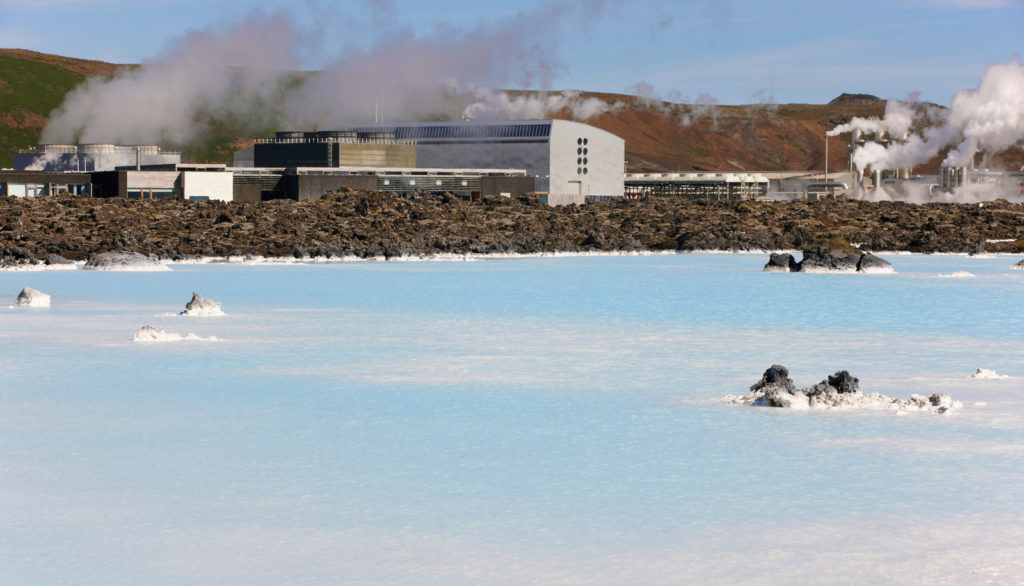
Arriving at the Blue Lagoon
The bus stops and we join the large queue outside a small building containing lockers for our luggage. I’m surprised at how long we have to wait at only 8 am. But finally, we struggle through a narrow corridor to the lockers, hand over our suitcases, get our tags, and follow signs to the entrance to the Blue Lagoon complex.
TIP: Make sure you pack your bathing suit, flip flops, and any toiletries you need in your carry-on bag so you have them handy when you arrive at the Blue Lagoon. You don’t want to be digging through your suitcase while waiting in the very crowded line-up.
It’s still very dark and also very cold. This is our first taste of Iceland weather, and we’re very glad of our warm coats, snow boats, hats, and gloves. But we’ve come to Iceland in February. What did we expect?
Entering the Blue Lagoon Complex
Inside the reception building that contains the changing rooms and a cafeteria, we are efficiently processed. Our reservation is checked and our locker is assigned. It’s incredibly well organized. The Blue Lagoon welcomes up to 4000 visitors per day year-round.
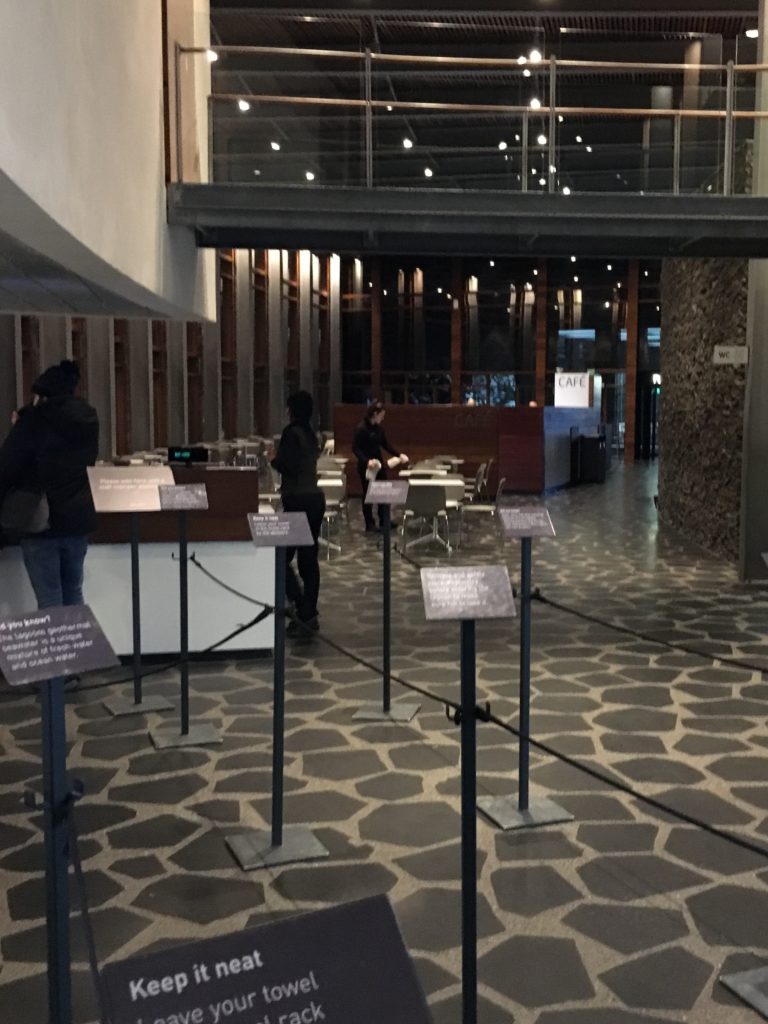
I’m struck by the cheerfulness of the attendant checking us in. She sees thousands of guests a day and yet she knows how exciting the experience is for first-timers and smiles at our enthusiasm.
She gives each of us a towel, a white robe and an electronically coded wristband. We must wear the wristbands at all times to get access to our lockers and to receive our free drink and face mud out in the lagoon. The wristbands are also encoded with the time of our scheduled massages.
We’ve paid several hundred dollars for our Blue Lagoon experience that includes transportation and in-water massages, so no wonder we’re excited.
I’m determined to enjoy every second!
Enjoying the Blue Lagoon
Preparing for the Blue Lagoon
Into the immaculately clean changeroom we go, where we divest ourselves of our heavy clothes and stuff them into the lockers which are not large. I’ve read that you’re expected to shower naked but everyone else is wearing a bathing suit as they enter the showers and so I do too.
I don’t want to scare people this early in the morning.
Graphic signs remind us to shower thoroughly and with soap. In Iceland, cleanliness at thermal pools is taken very seriously. You are expected to wash your hair and all parts of you. Shampoo and liquid soap are supplied.
Finally, showered and robed, we make our way to a glass-enclosed anteroom, hang up our robes on numbered hooks that we’ll hopefully remember, then get ready to exit to the great outdoors.
Dipping Into the Blue Lagoon
Ahead of us, we hear the squeals of guests as they expose flesh still dripping from their cleansing showers to the freezing air. I experience a moment of doubt.
Who walks outside at 8:30 am in the pitch dark (yes, it’s still dark) in Iceland in February wearing only a wet bathing suit?
Apparently, I do.
My bare feet encounter real, honest-to-goodness ice. I’m walking over ice in Iceland in bare feet! This is really a stupid idea. Is it too late to turn back? Will they refund my money?
I join the squealers and pick up the pace to cover the ice-slick ground from the entranceway into the waters of the blue lagoon—a distance of maybe ten yards. It feels like ten miles.
I am so nuts.
A good inch of fresh snow covers the railing at the top of the steps leading into the steam-swathed lagoon. I grip it anyway rather than risk slipping and ignominiously falling face first into the lagoon.
My toes reach the lapping waters which in the darkness look white under a heavy layer of steam. Ahead, I glimpse a few bobbing heads.
I feel like I’m about to descend into the pit of Hell. At any moment, Pluto will swoop down and, mistaking Julia for Persephone, carry her away forever.
The water laps up to my ankles, shins, thighs, and then….
Ahhhhhhhh!
Bobbing Around the Blue Lagoon
I descend up to my neck into the most blissful warmth I’ve ever experienced. The few people I see have their faces covered in thick white, black, or green silica. They are golems and ghosts and goblins.
I slosh slowly across the milky blue water of the lagoon to one of the silica stations.
Included in our admission to the Blue Lagoon is a nice big gloopy scoop of silica-laden mud. Reputed to have healing properties and infused with minerals, the mud is to be spread liberally over our faces and left on for about 30 minutes.
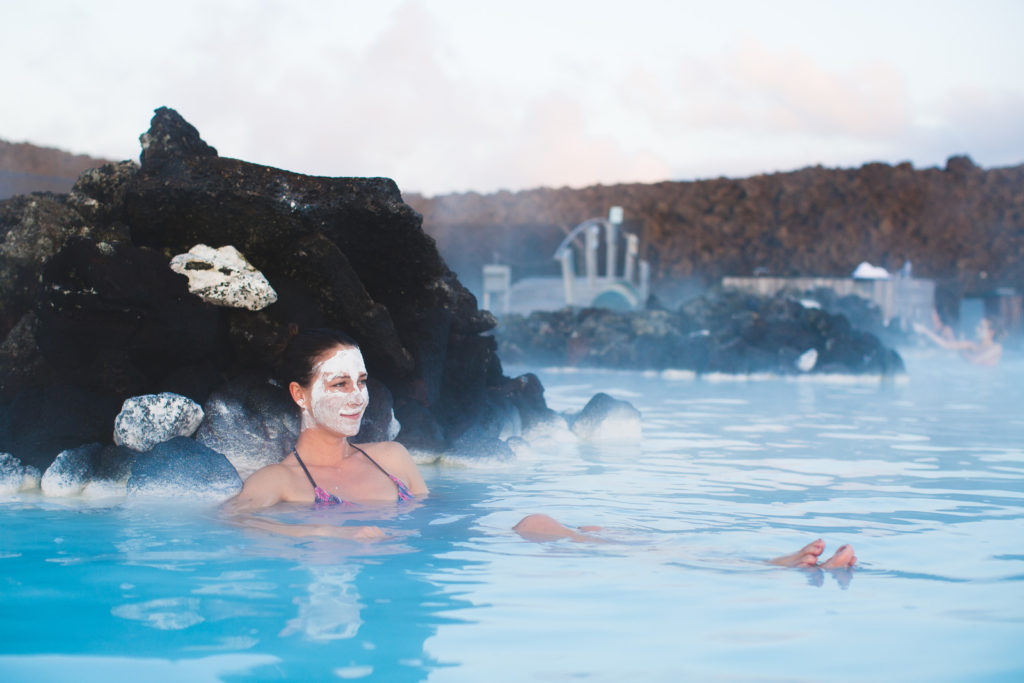
Dutifully, I hold out my cupped hands to receive a ladleful of goop from an attendant dressed head to toe in cold-weather gear. He or she (can’t tell) spends all day in the freezing cold air, doling goop out to half-naked people immersed in hot water. It’s not a job I would want.
To be honest, the mud stings a bit, but it’s included in the price and I’m darned if I’ll wash it off before it’s nourished my skin with its mineral goodness.
I bob around the water of the Blue Lagoon some more as very slowly the sky lightens and glows pale pink in the east. You don’t really swim in the blue lagoon.
Dawn is breaking over southwest Iceland at 9:00 am.
Exploring the Blue Lagoon
The Blue Lagoon is massive and includes large outcroppings of lava, arched bridges to bob under, snow- covered hills emerging above the steam, and several steam caves.
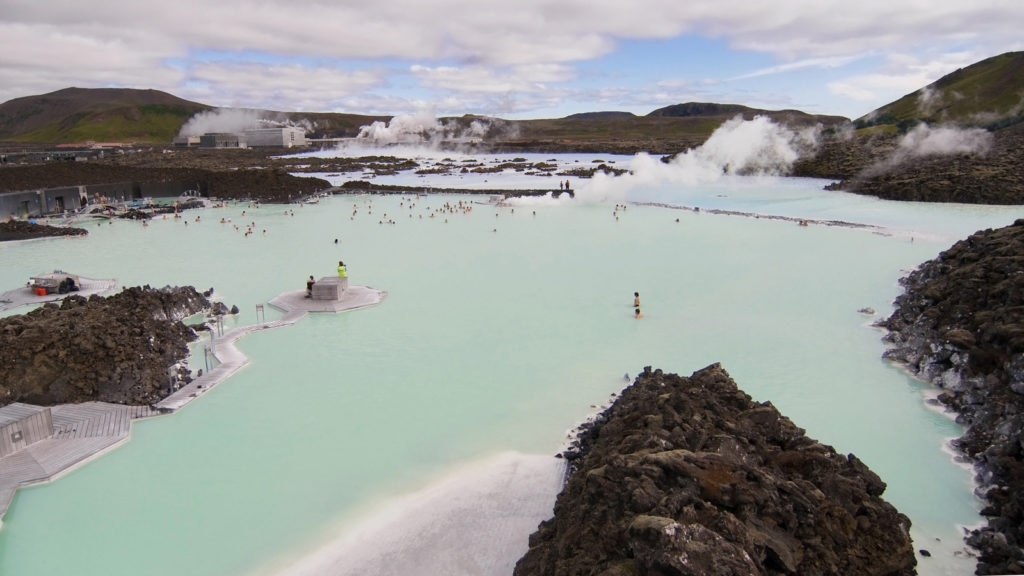
Getting Your Free Drink
After exploring most of the attractively laid out complex of pools, Julia and I head over to the drinks bar. Included in the price of admission is a drink you can order from a surprising menu of choices that include alcohol.
I don’t fancy beer or wine this early in the morning and so opt for a green health drink.
Later, my choice will turn out to be a mistake, but the combination of spinach, ginger, and banana goes down easy. Julia gets a strawberry smoothie that’s almost as thick as the mud on her face.
Our massages are scheduled for 10:30, still about 45 minutes away. I don’t like to admit it, but the truth is that the bobbing about is starting to get a bit old. I’d booked the 1:30 bus to Reykjavik, and now I’m hoping I can change the time because spending another three hours splashing about the lagoon is beginning to lack appeal.
We return to the main building, retrieve our robes and towels and go upstairs to sit in one of the lounge chairs overlooking the lagoon. The crowds are thickening, and as the sky lightens, the lagoon is starting to look more like a regular swimming pool than the ethereal mist-shrouded wonderland it was when we first submerged.
We settle into the loungers and nap for about half an hour, warmed to the bone and rubbery with relaxation.
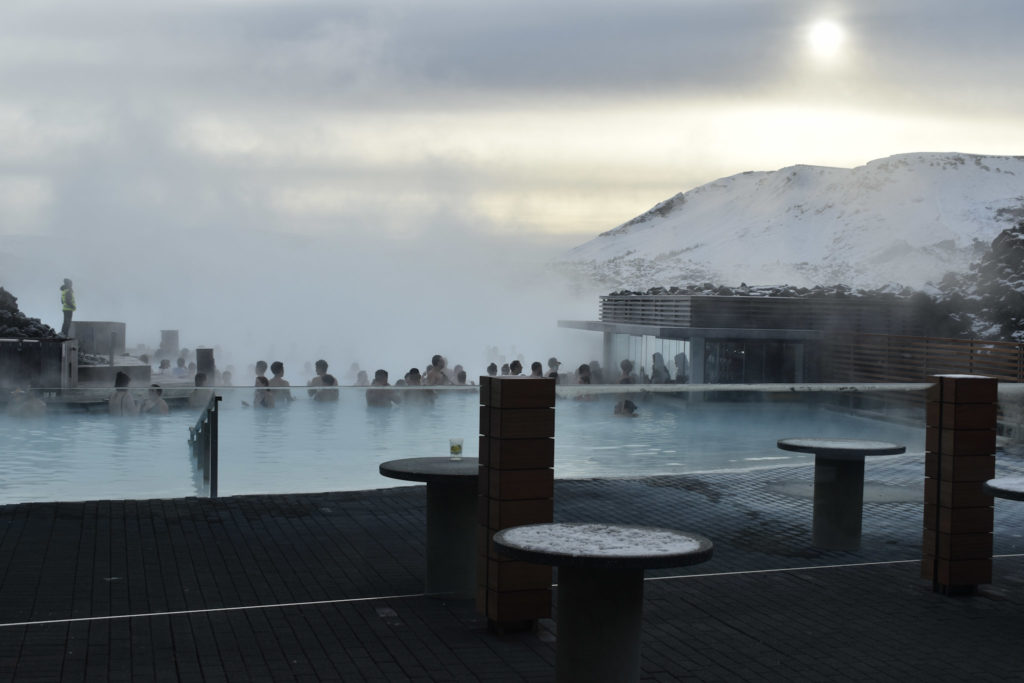
Whatever is in the Blue Lagoon is good stuff.
By the time we go back downstairs to divest ourselves of our robes and return to the pool, every hook is taken. I’m not sure if the lagoon is at capacity, but it feels like it might be.
I’m very glad we booked three months ahead.
Experiencing an In-Water Massage in the Blue Lagoon
Back out in the lagoon we bob across to the cordoned-off area. An attendant sitting in a booth tells us to wait by the entrance to the private area for our masseuse to call our names. I’m excited again. I’m having a massage, in the water, in Iceland!
Woo hoo!
A young woman wearing a wetsuit and with her hair under a cap comes over and cheerfully welcomes me. She asks where I’m from and tells me she’s spent time in Canada. She helps me onto a yoga mat. I stretch out on my back and she covers with me with a heavy sodden blanket, then pushes me across the water into the massage area.
For the next thirty minutes, she moves well-oiled hands between my back and the mat, kneading plane-stiffened muscles up my spine and to my neck and then along each arm.
I want to relax. I really want to relax and enjoy this new form of ecstasy. But for some reason, I can’t unclench my jaw.
My masseur, in her lovely Icelandic accent, encourages me to relax. I try, but I feel exposed staring up into the grey void, still lightening with the coming day.
I close my eyes, but then I worry I’ll roll off the mat and drown. Every so often, the masseur shakes the mat to swoosh water up my back, warming me but not, unfortunately, relaxing me.
At the end of 30 minutes, she casts me adrift into an adjacent holding pond with other floating lumps. I meet up with Julia who has managed to accomplish bliss, and we float for a while before finally deciding that we’ve had enough.
Ending Our Blue Lagoon Experience
Back out in the main area, we agree that even though we’re supposed to stay another two hours, we’re done. It’s time to get dry and catch the first bus to Reykjavik.
We head for the changeroom. The combination of heat, the heavy mineral-sulfur smell of the lagoon waters, and the rich, green drink hit my system in an unpleasant way. I suddenly don’t feel at all well, but I shall spare you the details.
Fortunately, after a drink of water and a half hour of sitting in the cafeteria, I’m well enough to stumble out into the cold to retrieve our luggage and wait for the bus.
Blue Lagoon Recommendations
Our Blue Lagoon experience—anticipated for months—is over. Do I recommend it?
Absolutely!
I will say, however, that you’re likely to want to spend less time than you think. Your entrance allows you to stay for as long as you want, but I’d allocate about two to three hours.
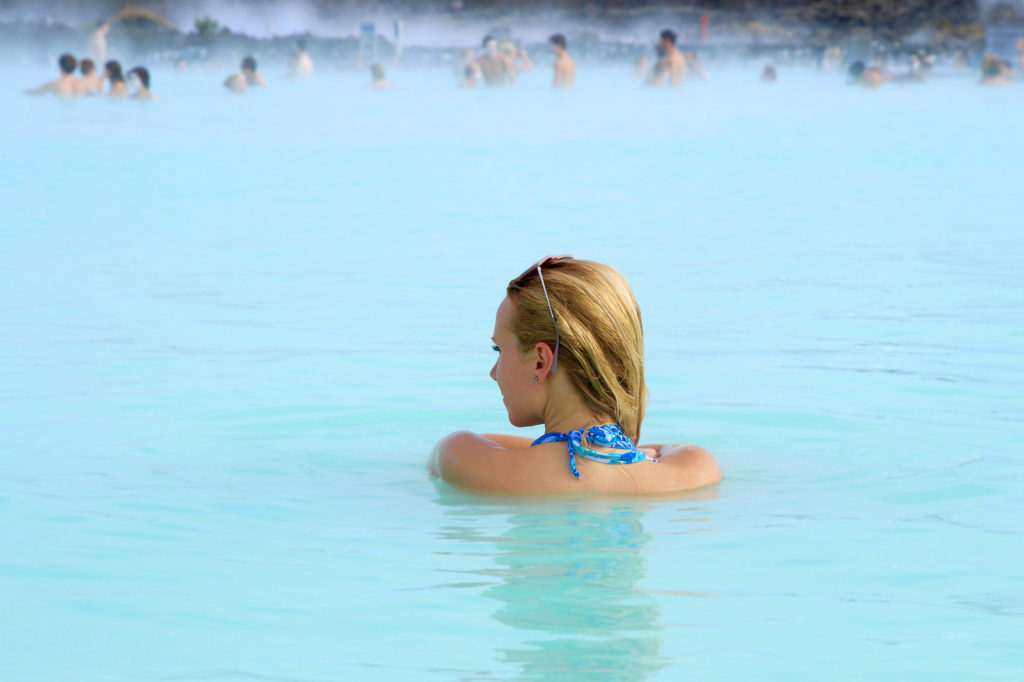
The price is steep for a few hours of watery bliss, but the Blue Lagoon is special. Even though you’ll likely visit a few more thermal pools while in Iceland, I recommend also spend time at the over-priced Blue Lagoon. It’s a marvel of efficiency and really like nothing else I’ve ever experienced.
Massage?
Should you shell out for the in-water massage? To be honest, I don’t think so. Julia enjoyed herself, but I can’t say I did. It wasn’t awful—the masseuse did her best. But for some reason, floating on a mat under a sodden blanket made me more anxious than relaxed.
You’ll pay about €120 for a thirty-minute massage.
Comfort vs. Premium
On the website, you’ll see two prices—Comfort and Premium. We chose Comfort at a cost that includes use of a towel and robe, one dollop of goop, and a drink. So far as I can tell, the Premium package at about 20 euros more doesn’t offer that much extra.
Note that prices vary somewhat depending on exchange rates between Icelandic Kröna (ISK) and Euros. Check the website for the latest prices.
Evening Visit
If you visit the Blue Lagoon after 7 pm (it closes at 10 pm), you pay about €48 for Comfort and €68 for Premium. If you’re lucky and visiting in the winter, you may see northern lights while you bask in the warm waters.
Hotel and Restaurant
The Blue Lagoon complex includes a hotel (The Retreat) and a gourmet restaurant. While both are reputed to be excellent, I wouldn’t want to spend a night at the Blue Lagoon.
Apart from splashing around the pools and eating, there’s not much else to do. The area surrounding the Blue Lagoon is pretty much a barren wasteland.
After your two or three hours, take the bus into Reykjavik where you’ll find lots of good hotels and restaurants, great shopping, and plenty of interesting sights.
Other Thermal Pools in Iceland
The Blue Lagoon is not the only place in Iceland where you can dunk in a thermally heated pool. You’ll find public swimming complexes, many including multiple pools, steam rooms, and hot tubs, in most communities throughout Iceland.
You’ll pay a fraction of the cost of the Blue Lagoon to warm yourself up, with the added bonus of sharing the experience with locals rather than other tourists.
You won’t find many locals at the expensive Blue Lagoon. The vast majority of your swim mates will be tourists just like you.
If you travel to the north, you won’t want to miss the Mývatn Nature Baths—another awesome experience. But it’s very different from the Blue Lagoon.
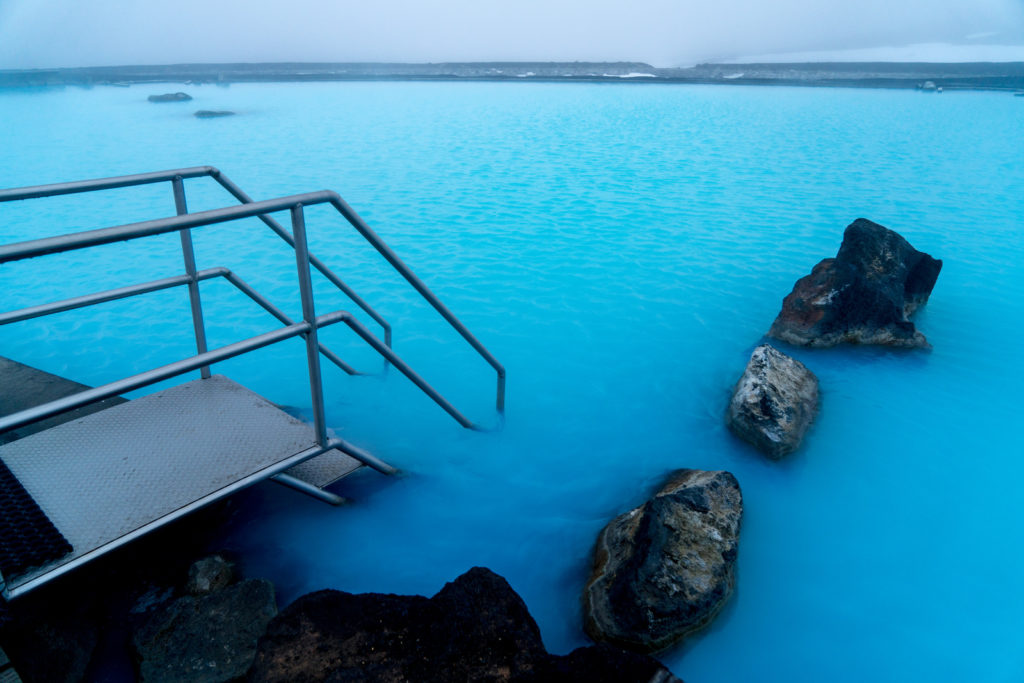
My advice? Go to both and throw in a visit to a public swimming pool. You’re in Iceland!
For more about Iceland, check out Best of Iceland on An 8-Day Ring Road Tour.
Have you Visited the Blue Lagoon?
Let other Artsy Travelers know your experience at the Blue Lagoon. Do you think it’s worth the time and money? Leave your comments below.
